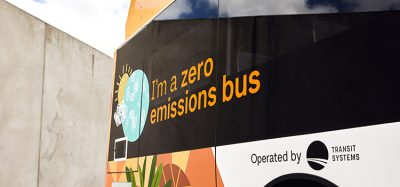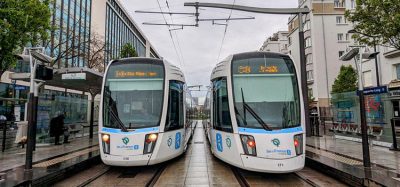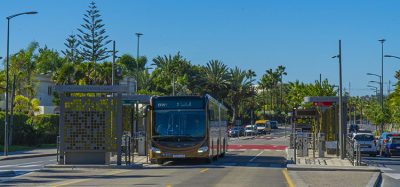NASA advances urban air mobility project with agreement signings
- Like
- Digg
- Del
- Tumblr
- VKontakte
- Buffer
- Love This
- Odnoklassniki
- Meneame
- Blogger
- Amazon
- Yahoo Mail
- Gmail
- AOL
- Newsvine
- HackerNews
- Evernote
- MySpace
- Mail.ru
- Viadeo
- Line
- Comments
- Yummly
- SMS
- Viber
- Telegram
- Subscribe
- Skype
- Facebook Messenger
- Kakao
- LiveJournal
- Yammer
- Edgar
- Fintel
- Mix
- Instapaper
- Copy Link
Posted: 4 March 2020 | Sam Mehmet (Intelligent Transport)
The NASA-led Grand Challenge series will bring together companies intending to develop and/or operate air vehicles or airspace management services within the larger urban air mobility (UAM) ecosystem.


NASA has now signed Space Act Agreements with 17 companies in the aviation industry to advance plans for the first in a series of technology demonstrations known as the Urban Air Mobility (UAM) Grand Challenge. The goal of the challenge is to test the capabilities and readiness of vehicles and systems that could revolutionise mobility in and around densely populated metropolitan areas.
When fully implemented, UAM aims to provide a safe and efficient system for passenger and cargo air transportation and could include such innovations as small package delivery within dense urban areas, personal taxi service by air, air medical services, such as patient ambulance transportation and cargo delivery to underserviced communities.
“With this step, we’re continuing to put the pieces together that we hope will soon make real the long-anticipated vision of smaller piloted and unpiloted vehicles providing a variety of services around cities and in rural areas,” said Robert Pearce, NASA’s Associate Administrator for Aeronautics.
In addition to bringing together companies involved in emerging air transportation systems, the challenge aims to help ensure public safety by informing requirements for UAM operations and formalising best practices to enable the development of regulations by the Federal Aviation Administration (FAA).
“Our partnership with the FAA will be a key factor in the successful and safe outcomes for industry that we can expect from conducting these series of Grand Challenges during the coming years,” Pearce said.
While the first Grand Challenge is targeted for 2022, several developmental testing activities are planned for 2020. The first step involves activities – known as the Grand Challenge Developmental Testing (GC-DT) – that will lay the groundwork for the first challenge.
“We consider this work as a risk reduction step toward Grand Challenge One,” said Starr Ginn, NASA’s Grand Challenge lead. “It is designed to allow U.S. developed aircraft and airspace management service providers to essentially try out their systems with real-world operations in simulated environments that we also will be flight testing to gain experience.”
The goal of the developmental test is to assess the readiness of NASA’s test infrastructure while integrating a mobile operating facility and NASA airspace services. The test will verify relevant flight test scenarios, assist in data collection and assess readiness.
So far, 17 companies have signed Space Act Agreements with NASA to participate in GC-DT and activities leading up to the first Grand Challenge. With the agreements, which do not involve the exchange of funds, both NASA and the signing parties agree to provide resources to accomplish the goals of the testing.
Related topics
Infrastructure & Urban Planning, Intelligent Transport Systems (ITS), Mobility Services, Traffic Management
Related modes
Air taxi
Related organisations
Federal Aviation Administration (FAA), NASA
Related people
Robert Pearce, Starr Ginn








